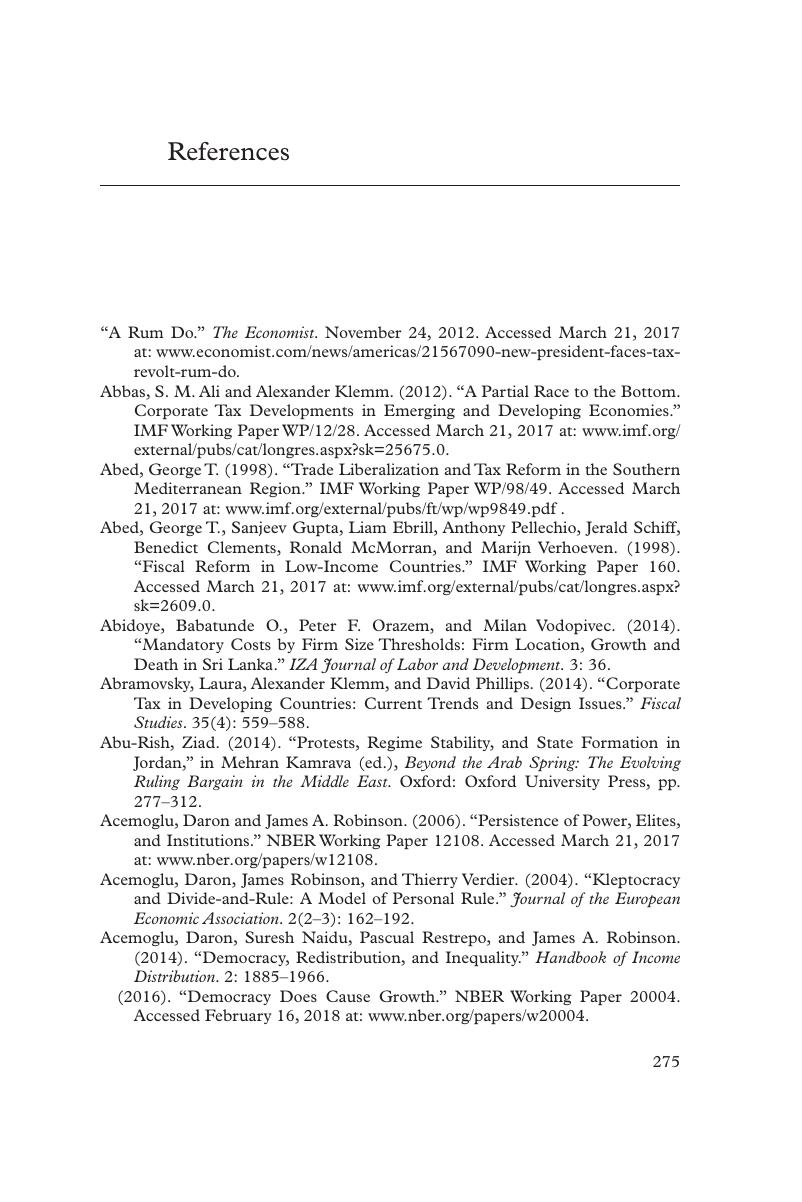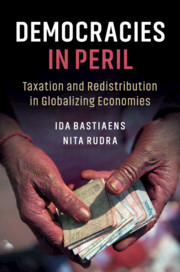Book contents
- Democracies in Peril
- Democracies in Peril
- Copyright page
- Dedication
- Contents
- Figures
- Tables
- Preface
- Introduction
- 1 The Problem and Puzzle
- 2 Democracies in Peril
- 3 Empirical Assessment: Democracies in Peril
- 4 Why Democratic Citizens Resist
- 5 Why Firms Resist
- 6 The Repercussions: Who Suffers?
- 7 Democratic Country Example: India
- 8 Conservative Authoritarian Country Example: China
- 9 Liberal Authoritarian Country Examples: Jordan and Tunisia
- Conclusion
- Appendices
- References
- Index
- References
References
Published online by Cambridge University Press: 26 July 2018
- Democracies in Peril
- Democracies in Peril
- Copyright page
- Dedication
- Contents
- Figures
- Tables
- Preface
- Introduction
- 1 The Problem and Puzzle
- 2 Democracies in Peril
- 3 Empirical Assessment: Democracies in Peril
- 4 Why Democratic Citizens Resist
- 5 Why Firms Resist
- 6 The Repercussions: Who Suffers?
- 7 Democratic Country Example: India
- 8 Conservative Authoritarian Country Example: China
- 9 Liberal Authoritarian Country Examples: Jordan and Tunisia
- Conclusion
- Appendices
- References
- Index
- References
Summary

- Type
- Chapter
- Information
- Democracies in PerilTaxation and Redistribution in Globalizing Economies, pp. 275 - 318Publisher: Cambridge University PressPrint publication year: 2018



